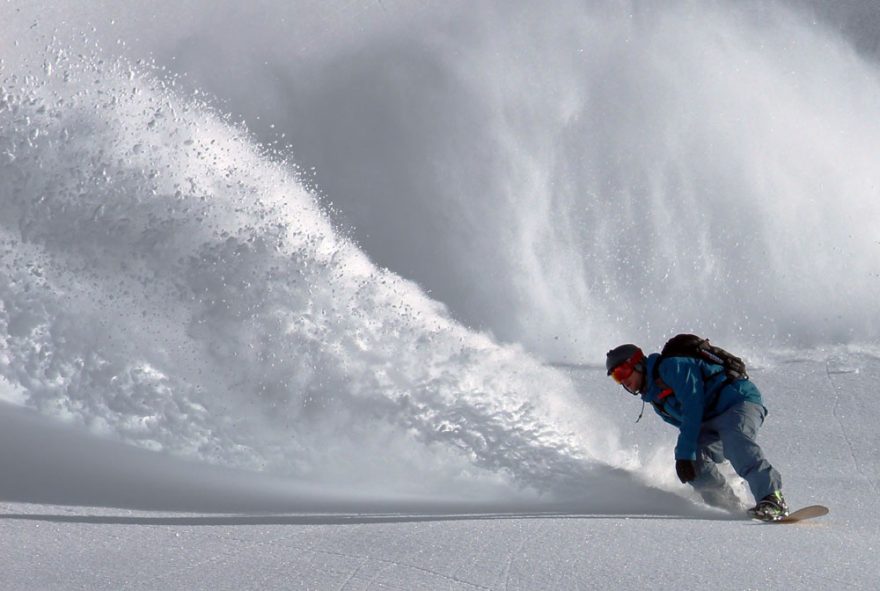
Unless you have a fake snow machine or you live in the Arctic, it’s very unlikely that you’ll get snow all year round. Throughout the offseason, you don’t need to wait in anticipation for the snow to come back to the mountains. There are many ways you practice snowboarding without the need for snow at all.
If you’re a snowboarding fanatic, and you just can’t stand the idea of not being able to snowboard, don’t let the lack of snow get in your way. Instead, practice your skills using these tips below, so when the snowboarding season comes back around, you’re able to ace the slopes.
Offseason Workouts

When you’re snowboarding, the actions that you’re performing can be strenuous and demand a lot from your body. If you don’t keep yourself in good physical condition, when the offseason is over, you may not be able to withstand a challenging run. To reduce the risk of injury and soreness, keep your body in shape by performing aerobic exercises such as swimming and cycling.
These type of exercises work your entire body and keep your cardiovascular system in shape. It’s not just your legs that need to be fit for snowboarding; your whole core needs to be strong to ensure that you can stay balanced.
Here are some of the important muscles in your body that help you during snowboarding:
Foot Muscles – Compared to other sports, your foot muscles get used the most during this activity. They help us to maintain stability, and they’re also used to help keep control during turns.
Leg Muscles – During snowboarding, you need to stay in a constant squat-like position. Your leg muscles help you to support your entire body and also your posture. Without proper support, you can injure your back; the leg muscles help with this and also maintain your control and balance.
Abdominal Muscles – Again, these muscles help to support your back while in the squatting position. They’re also important for if you want to initiate spins.
Take Up A Similar Sport

During the summer months, when you’re unable to shred some powder, consider taking up a similar activity that requires the same balance, skills, and technique. After offseason is over, if you find that you’re a bit shaky while first getting back into the slopes due to having no practice, you should take up skateboarding.
Skateboards are basically snowboards with wheels, so if you’re a pro snowboarder, you’ll probably find that skateboarding comes naturally. During both of these activities, the same skills and muscles get used, but they also have a lot more in common. Both of these sports share similar jumps and tricks, such as halfpipes, spinning, rail tricks and more.
Mentally Train Yourself
When it comes to snowboarding, you may think that physical training is all that you need, but metal training is equally as important. This activity can be dangerous at all times, but when you’re riding backcountry, the danger level significantly increases. By keeping yourself mentally prepared, you can always perform to your full potential.
Here are some the best ways to keep yourself mentally trained for snowboarding:
• Keep snowboarding on your mind: the more you think about it, the more it mentally sticks with you
• Replay tricks that you have performed in your head: imagine that you’re doing them and assess every little detail that enables you to carry out the jump correctly
• Get inspired: Use YouTube to watch inspirational videos of others snowboarding and performing tricks that you would usually do on the slopes
Practice Using A Trampoline
Now, this one may sound a little strange, but it seriously does help you to practice during the offseason. When you’re jumping on a trampoline, it can be quite tiring; this action will help you to maintain your stamina. You can also practice a few tricks on the trampoline such as jumping and flips.
If this is all too easy for you, you can always go one step further and try these tricks with your snowboard strapped onto you, while being on the trampoline. It may not be your ideal place to throw out some practice tricks, but it’s the closest that you can get to feel like you’re doing them in the snow.
 Your Privacy Choices
Your Privacy Choices